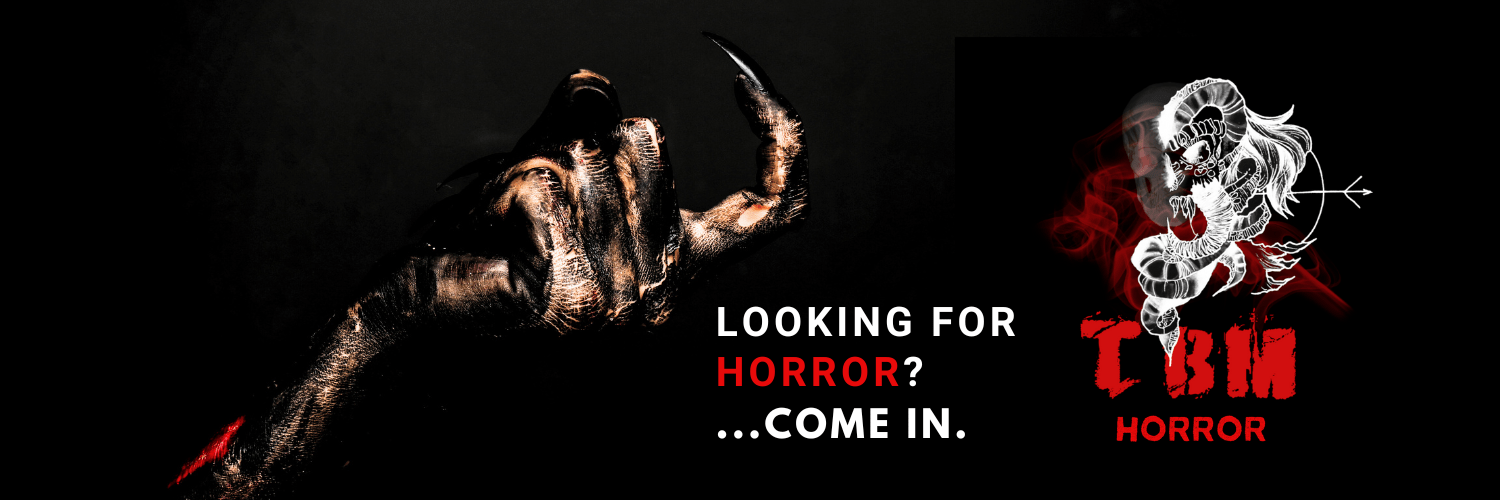
Horror is the ultimate example of the genre where anything goes, right? Rape, cannibalism, incest… we writers will gleefully shatter every taboo, and you readers will lap it up.
But what, after all, is the purpose of horror? Is it to wallow in sublimated sadism, or to exorcise our fears by laying them all out in the most literal and grotesque fashion imaginable?
I would argue that there is a line between pointless horror-for-horror’s-sake, and horror with a literary, artistic, and moral purpose. Yes, don’t laugh: I said horror with a moral purpose, not a nihilistic gorefest.
The line is by no means an easy one to draw. At the start of this short essay, I mentioned certain subjects still widely considered taboo. Yet rape is an all-too-common real-world experience, and the taboo against even discussing it merely adds shame to the victims’ suffering and increases the rapists’ power through mystification. So the line can’t be drawn to exclude this entire area of experience. It has to be in the treatment of sexual violence, in the purpose the writer has in mind.
Which brings me to William Malmborg’s Jimmy. I am fascinated by the trope of the girl or young woman held captive and menaced with rape and murder, and I invoke it in my first horror novel, All Souls Day. Margaret Atwood has written on the old legend of Bluebeard, apparently based on a historical case from medieval France, in which a cruel feudal lord marries a virtuous young lady but warns her not to explore certain rooms in his castle. She violates this prohibition and discovers the remains of his previous wives. Her husband is about to murder her in turn when her brothers burst in and rescue her.
Malmborg’s novel takes the modern form of a male perpetrator, in this case a high-school student who is the titular Jimmy, holding female captives in a secret lair. This specific trope is so common that Tina Fey used it to comic effect in the hit Neflix series “Unbreakable Kimmy Schmidt.” There’s precious little to laugh about in Jimmy, however. Instead there is an awful slog through Jimmy’s kidnapping and graphically detailed rape of two of his classmates, Samantha and Megan, and his eventual murder of the latter. I see the novel praised online for depicting the victims’ point of view, and its boldness and “realism” in portraying the perpetrator’s motives, but I was left unconvinced on either score, and this despite the fact that Malmborg unquestionably is a talented writer, enough so for me to finish this repulsive work.
Aren’t I contradicting myself here? Isn’t fine writing its own justification, no matter its content? Not in my view. George Orwell, in an essay on Salvador Dali, pins down the disjuncture between art and morality, and the refusal of the modern “nonjudgmental” sensibility to police it, when he writes, “If you say that Dali, though a brilliant draughtsman, is a dirty little scoundrel, you are looked upon as a savage.”
In brief, Malmborg’s Samantha and Megan are cardboard characters whose suffering we are not made to identify with, despite their mechanically depicted bravery (Megan falls victim to Jimmy when she is out searching for Samantha). Nor is Jimmy a convincing portrait of a violent rapist. We are supposed to believe that he became one merely through viewing sadomasochistic pornography and a bit of sexual role-play with his babysitter, even though he has never engaged in any kind of violence before in his life? Nope, not buying it. One is forced to the conclusion that Jimmy itself is nothing more than skillfully constructed, violent pornography, the real purpose of which is the lovingly detailed sexual violence.
By contrast, consider the late Jack Ketchum’s classic The Girl Next Door. Based on a horrific real-life crime, this novel depicts the sadistic, sexualized torture and murder of an innocent teenage girl by her guardian, Ruth, who encourages neighborhood children to come to her basement and abuse the victim. The torment the victim Meg endures in this book is actually worse than that of Jimmy’s victims, because it is more prolonged, and Ketchum’s novel is arguably a more disturbing read. But that is in part because we see events from the perspective of David, a boy who fails to help Meg and as a result is consumed with guilt for the rest of his life. The author reflects in an introduction on his loathing for the psychopaths like Ruth who walk among us, preying on the innocent. This is not cheap moralizing, it is the purpose of this book. And that makes all the difference.

[bctt tweet=”‘I’d argue that there is a line between pointless horror-for-horror’s-sake, and horror with a literary, artistic, and moral purpose. Yes, don’t laugh: with a moral purpose, not a nihilistic gorefest.’ Martin B-Gorvine @MeshuggeWriter” username=”theboldmom”]



